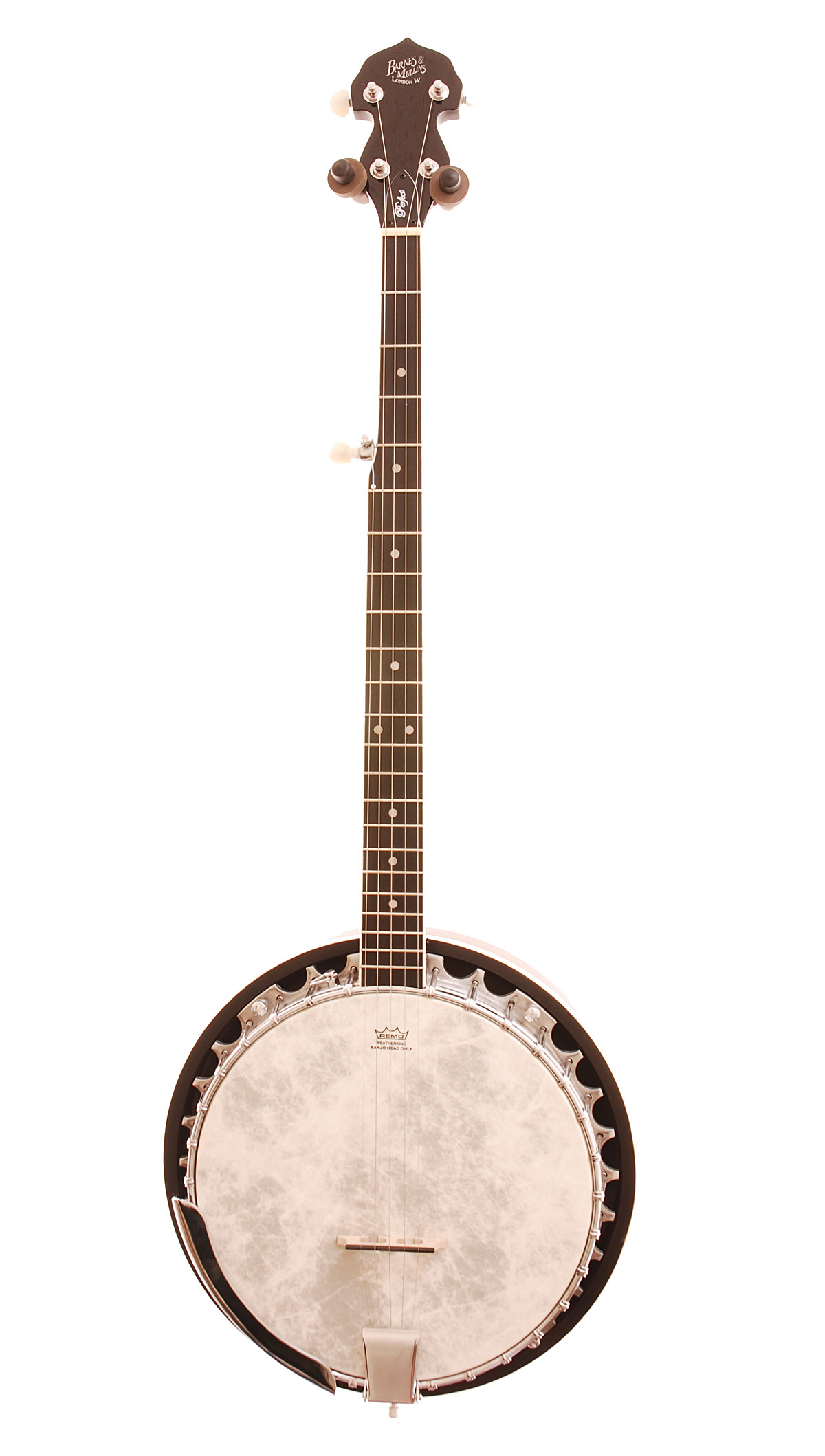
At least two general varieties have been described in written sources on Indian folk instruments: an inverted fiddle (held upwards) with either a tortoise-shell or a wooden body, and a waisted upright fiddle (held downwards) resembling the sārindā. Term for single-string fiddles, without frets and with a skin-covered soundbox, played by tribal groups in central India. It is tuned like the violin but an octave lower. Its measurements are: body length 40 cm, width 24 cm at the base, 12.5 cm in the middle, and 19 cm at the top sounding string length 39 cm.

The small bambir has no membrane and only one soundhole in the belly. The bambir is strung and tuned like the cello, and the sounding length of the strings is 63 cm (from head to bridge). The body is 54 cm long, and the width varies from 29 cm at the base to 13 cm in the middle and 24 cm at the top. This membrane under the soundtable gives the instrument its distinctive timbre-a clean tone, reminiscent of a muted cello, but related to the sound of the k’amancha and other folk instruments. The large bambir has two crescent soundholes (7 cm long and 2.5 cm wide) in the soundtable and a thin animal membrane, with several soundholes (about 5 mm in diameter), stretched underneath. The body is hollowed from a single piece of wood and covered by a wooden soundtable. Type of Armenian cello, invented in the early 1950s and named after the ancient Armenian instrument. Nalimov, produced a metal-fretted chromatic version in a family of sizes: prime (. The success of the balalaika is attributed to Vasily Vasil'yevich Andreyev (1861–1918) who, assisted by the instrument makers V. The skomorokhis (minstrels) gave it a primary role in accompanying dance.Ī public performance in 1886 began the balalaika's elevation from a peasant’s instrument to one of artistic stature. The instrument may have been a new arrival or a natural development of the 17th-century domra.

The earliest mention in literature appeared in 1688 and Peter the Great used balalaikas in his grand orchestral procession of 1715. The balalaika is related to the dömbra, a variant of the long-necked lute played by peoples of Central Asia. The instrument has a small soundhole, a fretted neck and strings of gut or steel. The soundboard is usually constructed from four strips of Russian spruce or silver fir and the slightly arched belly of seven pieces of maple. The second finger of the plectrum hand is often used to strike the soundtable to add a percussive element to the melody.Ī long-necked chordophone with a triangular body and three strings. Sometimes, however, the second and third courses are also fingered. The melody is commonly played on the first double course of strings, while the remaining courses are struck open as drones. The bağlama is generally played with a cherry-bark plectrum, though formerly the fingertips were widely used. There are three double courses of metal strings tuned with wooden pegs. The movability of the frets allows the setting of scales to include microtones. The instrument’s name, dating from the 17th century, derives from these ‘tied’ frets ( bağ: ‘fret’, ‘knot’ bağlamak: ‘to tie, knot’). Traditionally these were made of sheepgut or copper wire but nylon line is now used. The neck has a variable number of movable frets. The soundtable is of wood, usually coniferous. The pear-shaped bowl resonator is carved ( oyma) or carvel-built ( yapraklı). Turkish long-necked lute of the Ṭanbūr family (for illustration see Kurdish music). He is also professor at the National Music Academy and was professor at Musashino Academy of Music in Tokyo (. He began teaching in 1962 as a part-time assistant professor of violin after 1966 it became a full-time position. He received awards in international competitions, first prize at the 6th World Festival of Youth and Students, Moscow (1957), sixth prize at the Queen Elizabeth Competition in Brussels (1959), and second prize at the Montreal International Music Competition (1966). Badev studied under Isaac Stern (at Stern’s invitation) in 1971. His concert début was in 1952 with the Kabalevski Concerto for violin and orchestra with the Rousse Philharmonic Orchestra, conducted by Dobrin Petkov. He graduated from the State Conservatory (now National Academy of Music) in Sofia under the famous pedagogue Vladimir Avramov (1957–61). After his talent was discovered, he was admitted to the Boarding School for Gifted Children (1952–7). He studied violin at the age of five under Petăr Hadjiangelov. Traditional, Folk and Indigenous Musics (247).Notation, Tempo, and Expression Marks (2).

Film, Television, and Video Game Music (3).Musical Concepts, Genres, and Terms (444)
#Five stringed instrument professional#


 0 kommentar(er)
0 kommentar(er)
